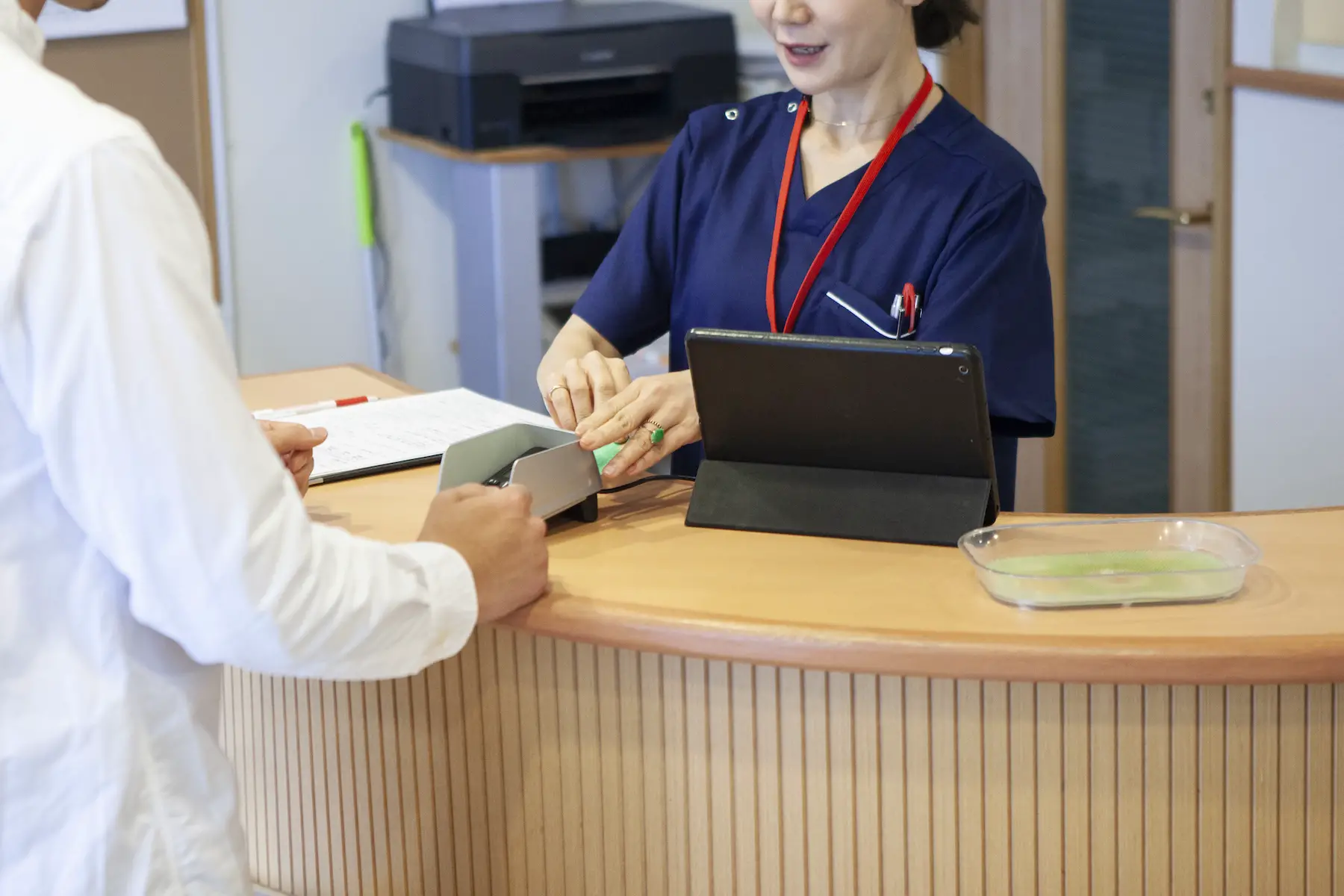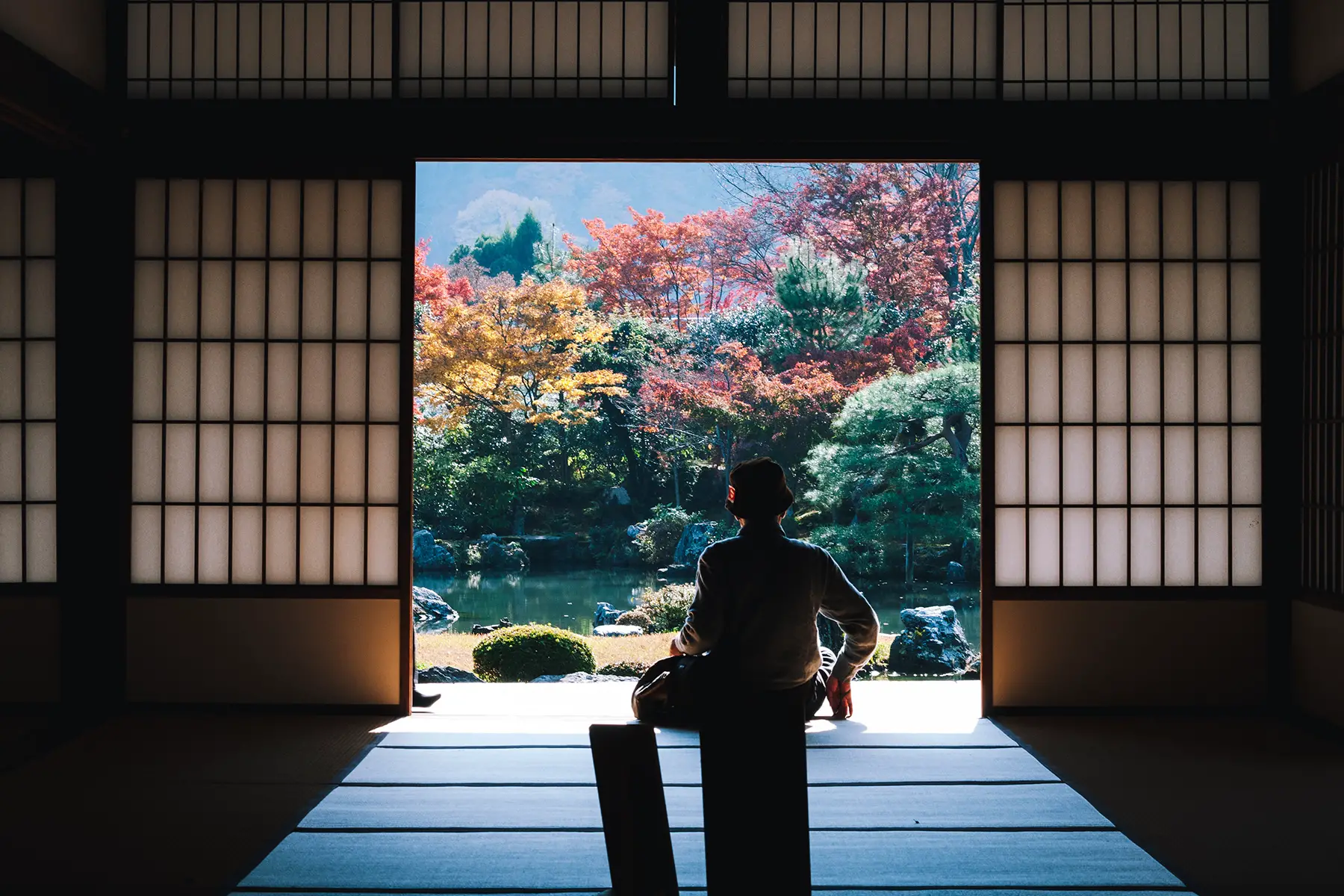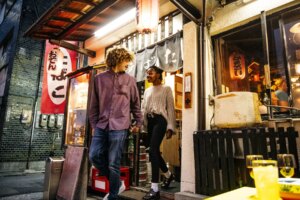When it comes to children’s healthcare, there’s a lot to think about. Checkups, vaccinations, and dentistry all play their role in every childhood. It’s also essential to know what to do in emergency situations. Prepare yourself in advance, and you’ll be ready for anything parenthood throws at you.
Read on for more information on the topic, including:
- Children’s healthcare in Japan
- How do I access children’s healthcare in Japan?
- Taking your child to the pediatrician in Japan
- Japanese children’s hospitals
- How does children’s dental care work in Japan?
- What is mental healthcare like for children and teenagers in Japan?
- What preventative healthcare programs are there for children in Japan?
- Useful resources
Cigna Global
Enjoy peace of mind while living in Japan with Cigna Global’s long-term international health insurance plans (12+ months). Get tailored coverage, direct billing with many providers, complex case management, and global care on demand, with access to a network of 1.5+ million doctors, specialists, and therapists.
Children’s healthcare in Japan
Japan has top-notch children’s healthcare. It has the seventh lowest mortality rate among children under five in the world, according to the World Bank. UNICEF has ranked it as the best country for children’s physical health, citing the low child mortality and obesity rates.
Generally, children attend pediatric clinics (小児科クリニック, shoni-ka kurinikku) – rather than hospitals – for primary care. Japan does not have a system of family doctors or GPs. Instead, your local pediatrician will care for your child’s primary needs until their 16th birthday.
How do I access children’s healthcare in Japan?
Children can access Japan’s public healthcare system through their parents’ health insurance. This may be national or work-based insurance, depending on the parent’s employment. In general, insurance in Japan covers 70% of healthcare costs. However, children under six years old have a slight advantage and get 80% of their expenses covered.
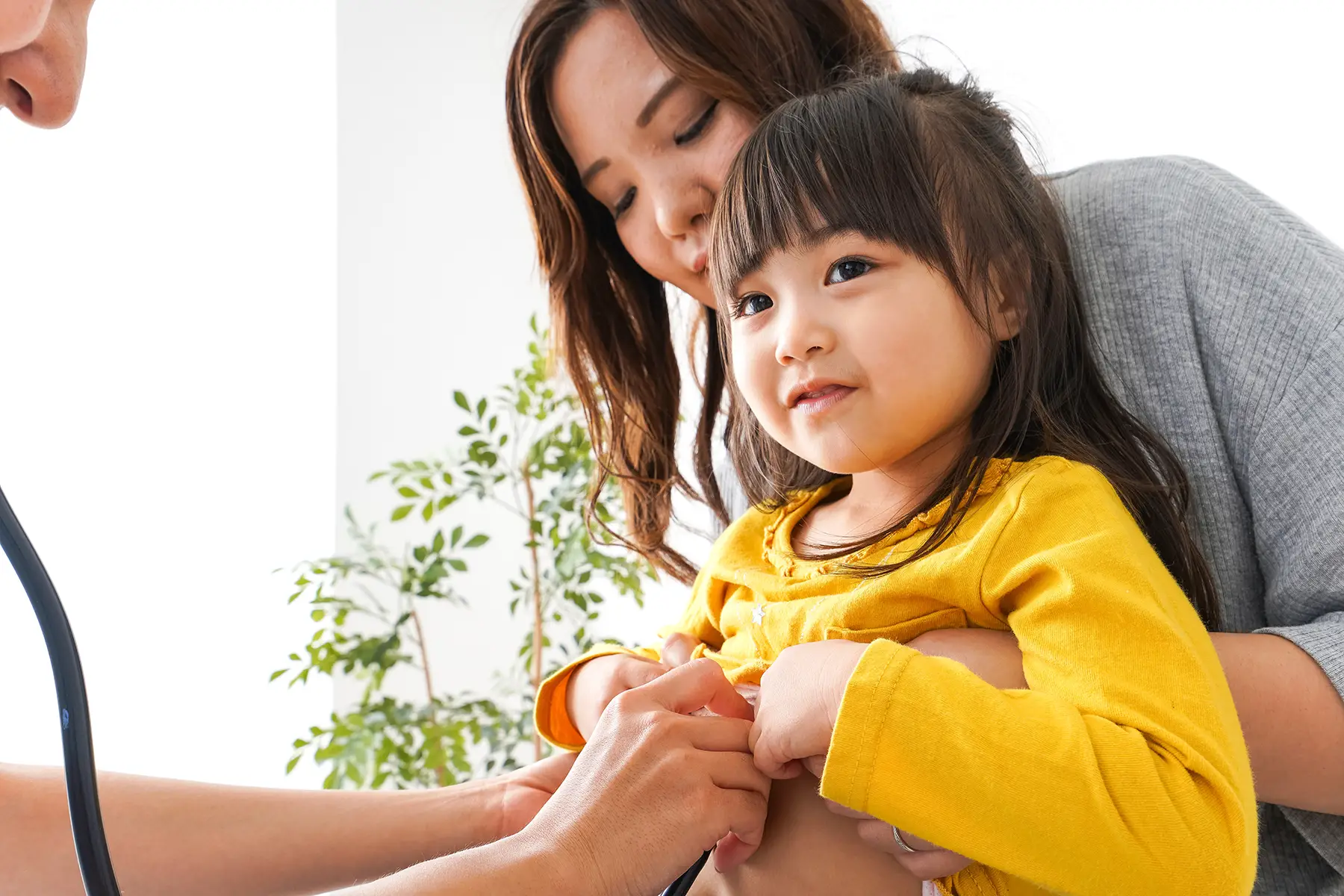
Local councils across Japan issue a free Medical Subsidy for Children (こども医療費助成, kodomo iryo-hi josei – example link from Yao City – 八尾市). These certificates effectively cover the copayment costs for children from 0 to 18 (until the first March 31 after turning 18). This means that in practice, healthcare for children is free in Japan. Since introducing these certificates, children’s healthcare has improved across the country.
Keep in mind that some specific treatments do have a theoretical cost. For example, vaccinations are not technically free in the Japanese system. However, your local health center (保健所, hoken jo) will send you vaccination vouchers (予防接種券, yobo sesshu ken – example link from Hiroshima City – 広島市). Like the free medical care certificate, these cover the treatment cost.
How do I access public healthcare for my child?
When you move to Japan, you must sign up for health insurance. This will also cover your child.
You’ll usually need to sort out your health insurance before receiving a visa, so check when applying. Workers with full-time jobs get insurance through their company. Part-time workers, students, and the self-employed need national health insurance.
If you move to Japan with your child, you will first need to apply for a dependent visa for them. Your child is only eligible for this visa if they are legally yours through biological connection or adoption. Step-children do not qualify unless you have legally adopted them. You must prove this connection by supplying a birth or adoption certificate.
On arrival, you will need to apply for a residence card for you and your children. Once you are confirmed as residents, you can add them to your insurance.
Public healthcare in Japan is comprehensive for children, covering matters like:
- Basic pediatric treatment
- Emergency treatment
- Basic dentistry (you will need to pay for specialist procedures)
- Vaccinations (with coupons)
- Glasses and corrective lenses (until the age of nine)
- Mental health treatment
How can my children access private healthcare?
Over 70% of the population of Japan has some form of private health insurance. Although the public healthcare system is one of the best in the world, private health insurance has some benefits. For example, private health insurance usually covers your copayments, effectively giving you free treatment.
Private health insurance may also be beneficial for treatments that are not covered by the public system. One aspect of children’s healthcare in Japan that often requires additional payment is dentistry. Public insurance covers basic dental procedures but not orthodontics or other advanced treatments. Similarly, the public system only covers glasses until a child is nine years old.

You may also want to take out private health insurance if you don’t speak Japanese, as not all doctors in Japan speak English. Additionally, many English-speaking pediatricians do not accept national health insurance. Alternatively, you could take an interpreter with you to appointments.
It is possible to take out a private health insurance policy that covers you and your children. Some international companies that offer this include:
Taking your child to the pediatrician in Japan
Children in Japan see pediatricians from birth until they turn 16, and parents are responsible for finding a local clinic. They should do this as soon as possible after having a baby.
Although adults generally see specialists, children visit pediatricians for their primary needs. They only go to a specialist if their doctor cannot provide proper treatment.
There is no centralized directory of pediatricians in Japan. You will find some English-speaking pediatric clinics, especially in and around Tokyo, but this is not standard. If you’re in a smaller city or a rural area, you may need an interpreter to help you with appointments. When you go to the pediatrician, bring your health insurance card.
What health checkups will my child have?
Babies and young children in Japan have regular checkups. Some are optional and have a fee, while others are required by law. You will receive a coupon for your obligatory health checks, with a set date and time to attend. Babies often group checkups, so you and your infant will attend with other babies of the same age.
Obligatory checkups take place at the ages of:
- Four months
- 18 months
- Three years
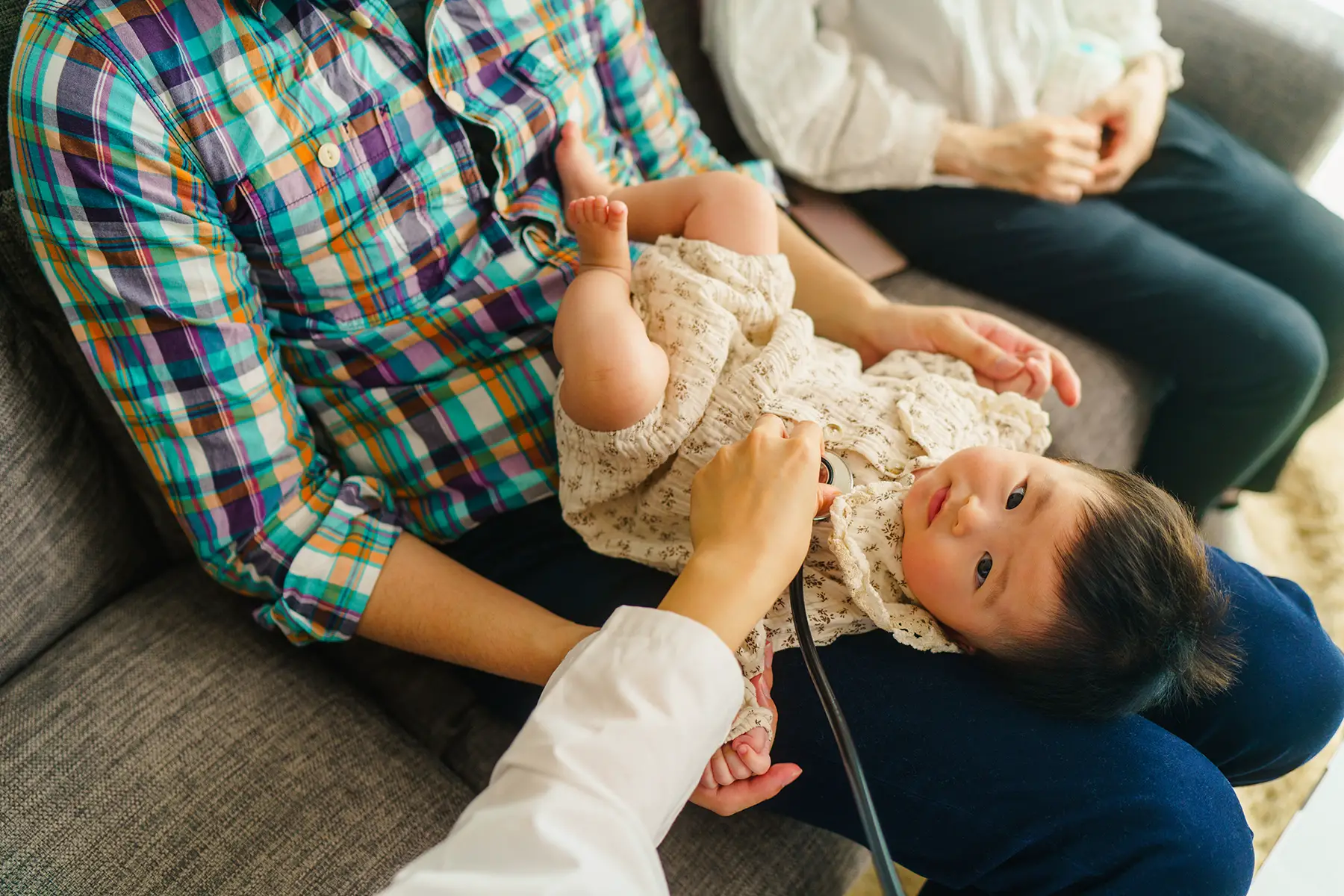
Some parents also opt for extra checkups. Depending on where you live, your local health center may send you coupons for more checkups during the first months of your baby’s life.
Eyesight and hearing tests take place every year at kindergartens and elementary schools. Parents do not need to organize these or make an appointment.
Which vaccinations does my child need?
Standard vaccinations in Japan include:
- BCG
- PCV
- DTP-IPV
- Measles and Rubella
- Japanese Encephalitis
- Chickenpox
- HIB
- Hepatitis B
Exact schedules may vary according to where you live, and your pediatrician will often offer them at your baby’s checkups. Your local health center will send you coupons to cover the costs.
In addition to the standard vaccinations, you can choose optional extra ones, which you may need to pay for. These include:
- Seasonal flu
- Mumps
- Hepatitis A
- Rotavirus
- Meningococcus
Japanese children’s hospitals
Japan has many specialist children’s hospitals and clinics. The most famous are in Tokyo, including the National Center for Child Health and Development (国立成育医療研究センター, Kokuritsu Seiiku Iryo Kenkyu Senta) and the Children’s Medical Center (小児医療センター, Shoni Iryo Senta) at the University of Tokyo Hospital (東京大学医学部附属病院, Tokyo Daigaku Igaku-bu Fuzoku Byoin). Meanwhile, other Japanese hospitals have dedicated children’s wards. Parents may find that the visiting hours quite limited compared to other countries.

Japan’s first child hospice, Momiji House (もみじの家, Momiji no Ie), opened its doors in Tokyo in 2016. This respite center allows children with severe illnesses and their families to stay for a maximum of nine nights at a time. Similar centers have since opened around the country, providing support for families with children who have disabilities or suffer from chronic diseases.
What should I do in an emergency?
If you need to call an ambulance (救急車, kyukyu sha) for your child, dial 119. Ambulances in Japan are fast, efficient, and free.
It’s a good idea to find out the emergency pediatrics hours of local hospitals and clinics before an emergency occurs. Generally, each area in Japan will have at least one clinic or hospital open for emergencies at any given time. However, you should contact them in advance to ensure they will admit you.
Emergency healthcare is free for children with Japanese health insurance and a Medical Care Certificate.
How does children’s dental care work in Japan?
Parents will need to find a dental clinic in their area for their child and bring their health insurance card (健康保険証, kenko hoken sho) to the appointment.

National health insurance covers 70% of most dental treatments in Japan. However, it does not cover elective care. You must pay for procedures such as cosmetic work, tooth whitening, and more expensive cavity fillings. For example, national health insurance will cover an amalgam filling but not a ceramic one.
If your child needs orthodontics, you will need to go to a specialist clinic. Braces are considered an elective treatment, so national health insurance does not cover them.
What is mental healthcare like for children and teenagers in Japan?
Sadly, although Japan’s childhood healthcare is usually very good, mental healthcare still has a way to go. A UNICEF study of 38 countries ranked Japan’s children second-worst in mental well-being. Statistics also show that eating disorders are on the rise in Japan.
The Japanese authorities and medical experts have responded to this crisis. There have been trial programs in schools, offering some hope for improvement in the future.
There are two options for mental health treatment in Japan: psychology (心理学, shinri gaku) and psychiatry. National health insurance covers psychiatry but not psychology. As always, the first step to accessing mental healthcare for a child is a consultation with your pediatrician. Depending on the situation, they may refer your child to either a psychologist or a psychiatrist.
There are ways of finding help without going through the public healthcare system. The Yorisoi Hotline (よりそいホットライン, Yorisoi Hottorain) offers free phone consultations in English to people struggling with suicidal thoughts and mental health problems. The Nippon Anorexia and Bulimia Association (NABA – 日本アノレキシア・ブリミア協会, Nihon Anorekishia Burimia Kyokai – in Japanese) supports people with eating disorders.
What preventative healthcare programs are there for children in Japan?
You’ll find plenty of preventative programs for young children in Japan. These include local centers and grassroots initiatives. However, there are no nationwide programs for issues such as childhood obesity.
Local councils run centers for babies and older children. You and your child can attend activities like baby dance, swim classes, arts and crafts, and play sessions. Older children often attend these centers without their parents to socialize and let off steam after school.
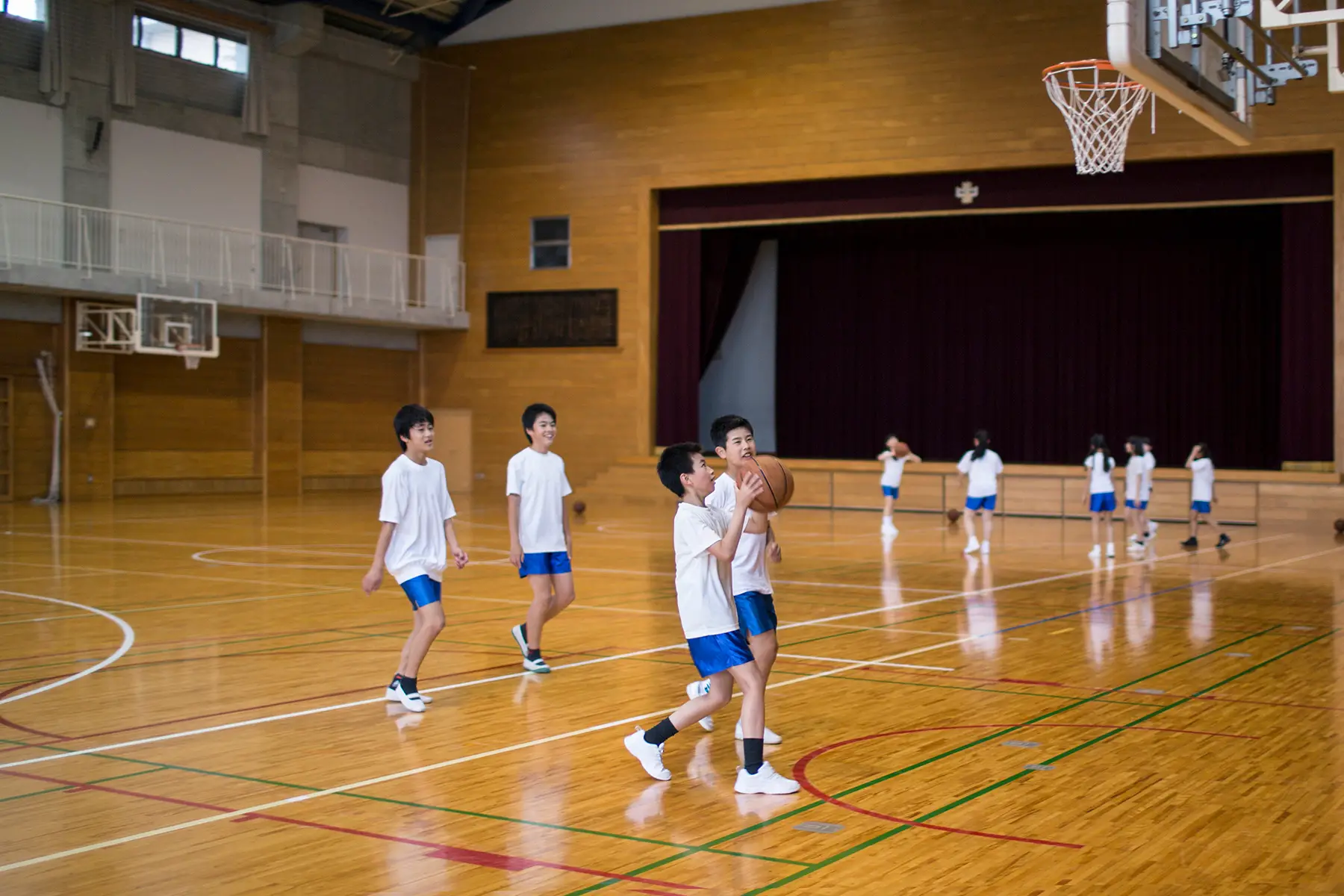
Unlike many other countries, Japan does not have an obesity epidemic, with the extremely healthy traditional Japanese diet often cited as the major preventative factor. Many believe that the country’s extremely nutritious school lunches play a key role.
Children living in poverty can attend children’s cafeterias (子ども食堂, kodomo shokudo). This grassroots initiative has grown popular across the country. Volunteers offer children free or discounted food, and there are usually opportunities to study, play, and take part in social activities.
Useful resources
- Ministry of Health, Labour, and Welfare (MHLW – 厚生労働省, Kosei Rodo Sho) – government healthcare website
- List of prefectural healthcare websites – find out about healthcare in your area
- Japan Health Info – information in English about navigating the pediatric system and childcare
- Japan Pediatric Society (日本小児科学会, Nihon Shoni-ka Gakkai) – in-depth information about children’s healthcare (mostly in Japanese)
- Tokyo Mothers Group – English-speaking group for support and friendship



